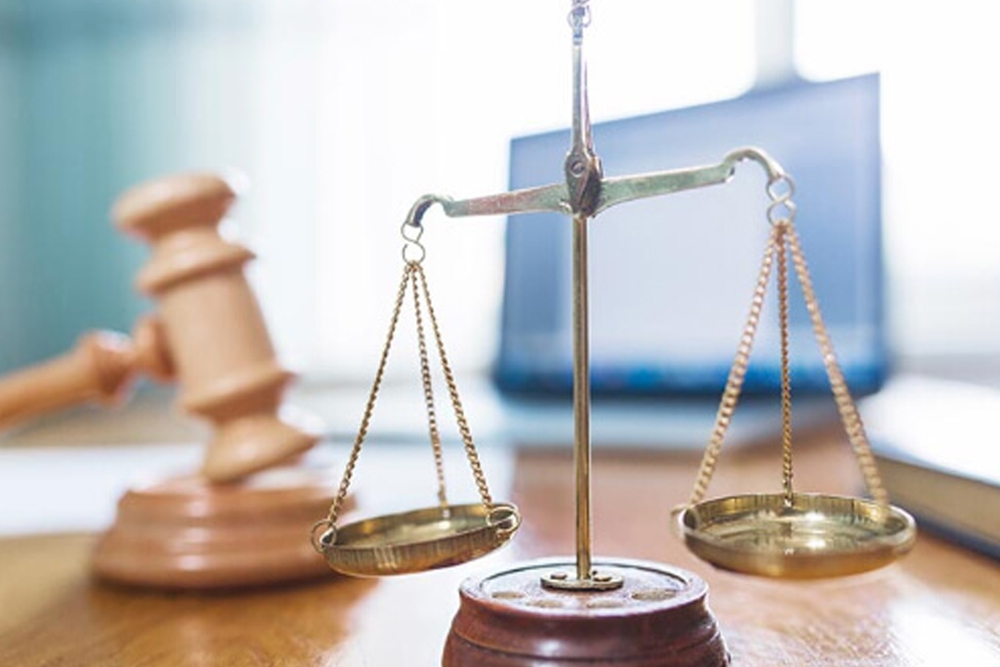A Dangerous Trap for Chapter 13 Debtors

A Chapter 13 bankruptcy debtor may sigh in relief once the bankruptcy case is filed. The weeks of collecting documents, dodging creditors, and examining finances is over and the bankruptcy automatic stay has provided a much needed “breathing spell” from collection activities. For the immediate future, the Chapter 13 debtor has only one job to do: pay the trustee. Paying the trustee may seem simple and mundane, but some debtors quickly realize that there are no simple tasks in bankruptcy.
The Bankruptcy Code directs the debtor to pay the trustee the amount proposed in the repayment plan not later than 30 days after the bankruptcy case is filed. Section 1326(a)(1) of the Bankruptcy Code states:
Unless the court orders otherwise, the debtor shall commence making payments not later than 30 days after the date of the filing of the plan or the order for relief, whichever is earlier, in the amount—
(A) proposed by the plan to the trustee;
Many debtors elect to have their plan payment withheld from their wages and sent directly to the Chapter 13 trustee. Some courts require that wage earning debtors must execute a wage withholding. Unfortunately, for some debtors it may take several pay cycles to start the wage withholding. In the meantime, some may spend their paychecks unaware that a deficit is accruing in their bankruptcy case. When the plan payments are not delivered to the trustee as required, the trustee will ask the bankruptcy court to dismiss the debtor’s case for “failure to commence” the bankruptcy case.
There is no exception in Section 1326 for wage withholding orders. Bankruptcy courts ordinarily put the responsibility for paying plan payments squarely on the shoulders of the debtor and ignore pleas of “not my fault.” If your employer cannot deliver payment to the trustee on time, you must make arrangements to pay the first payment yourself. The best solution to this potential trap is to work closely with your payroll department to ensure that the trustee is paid.
